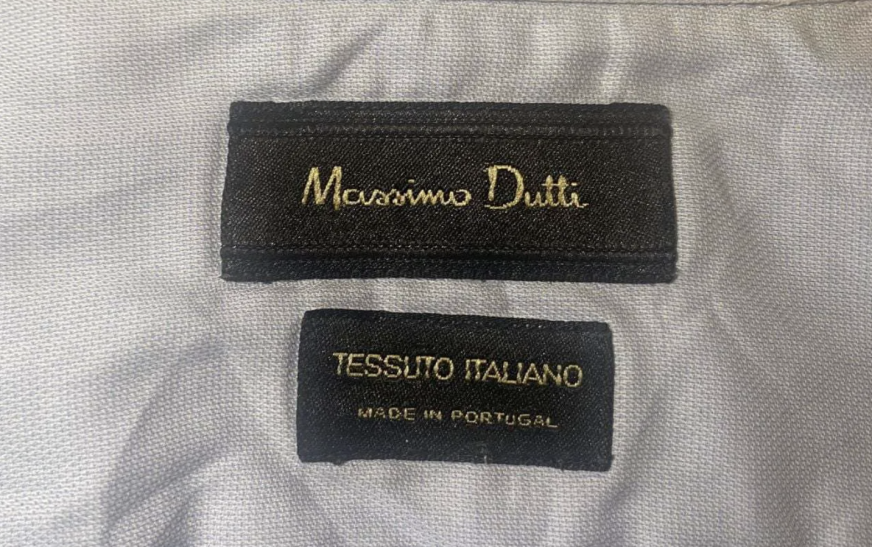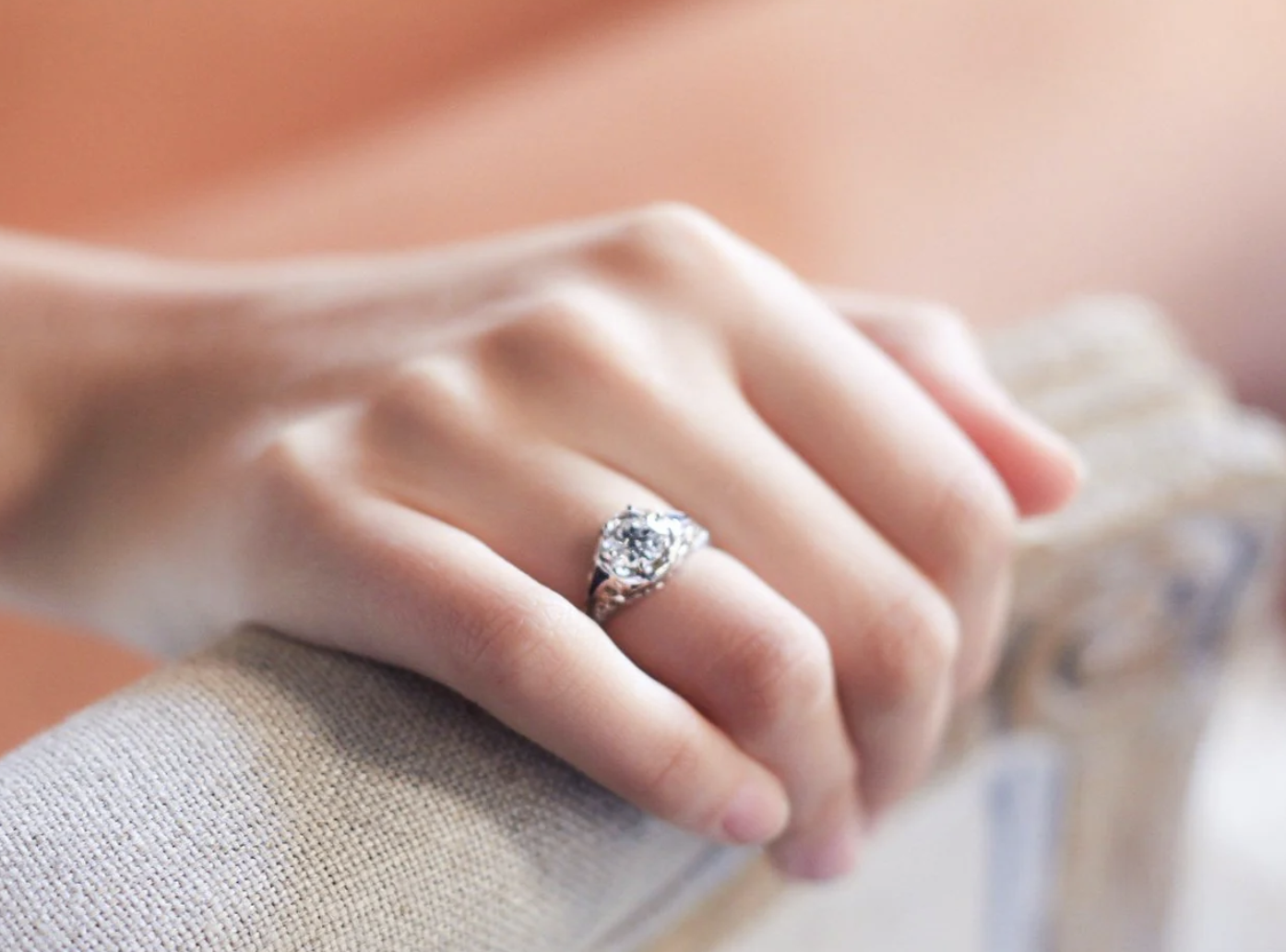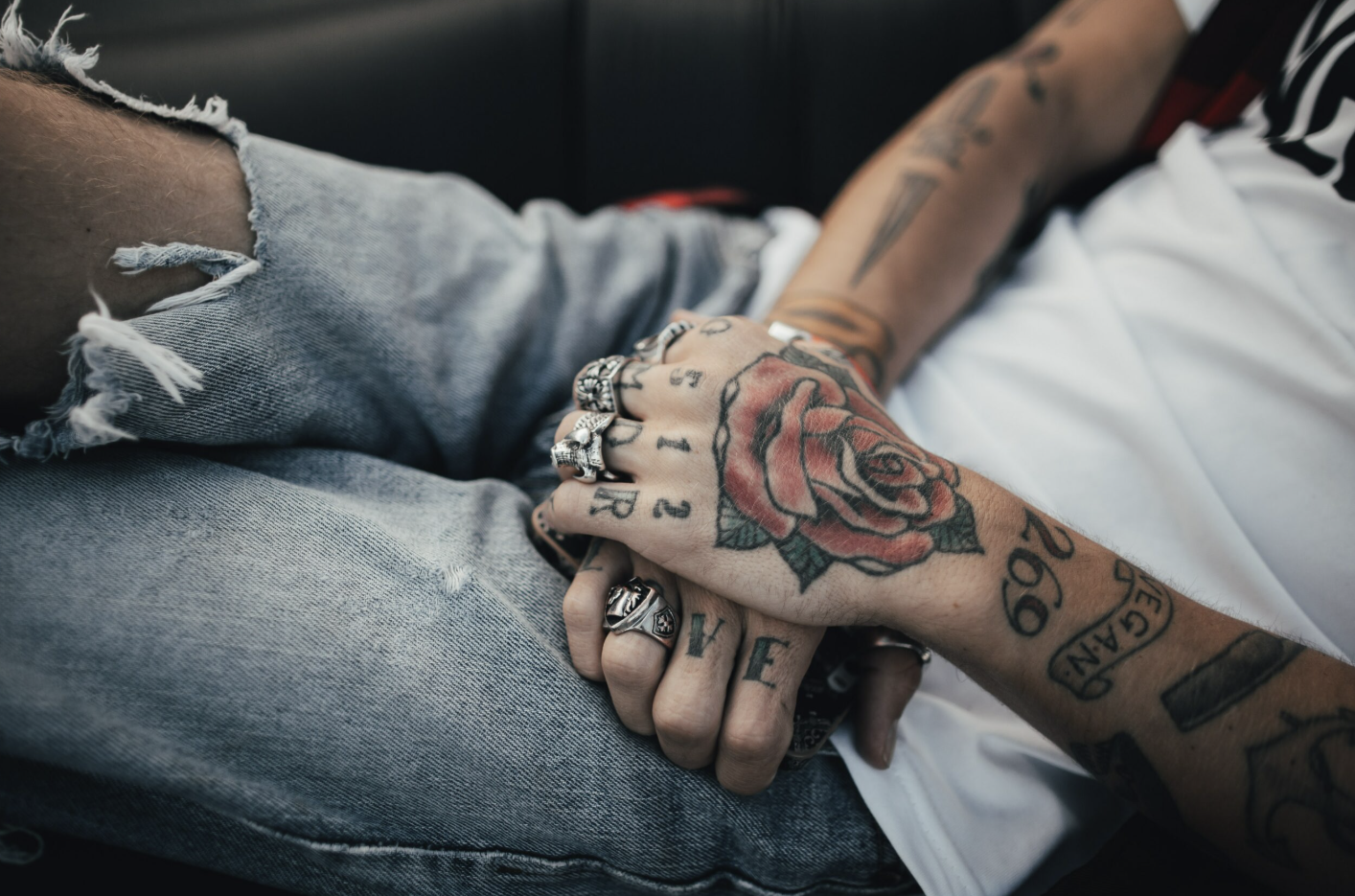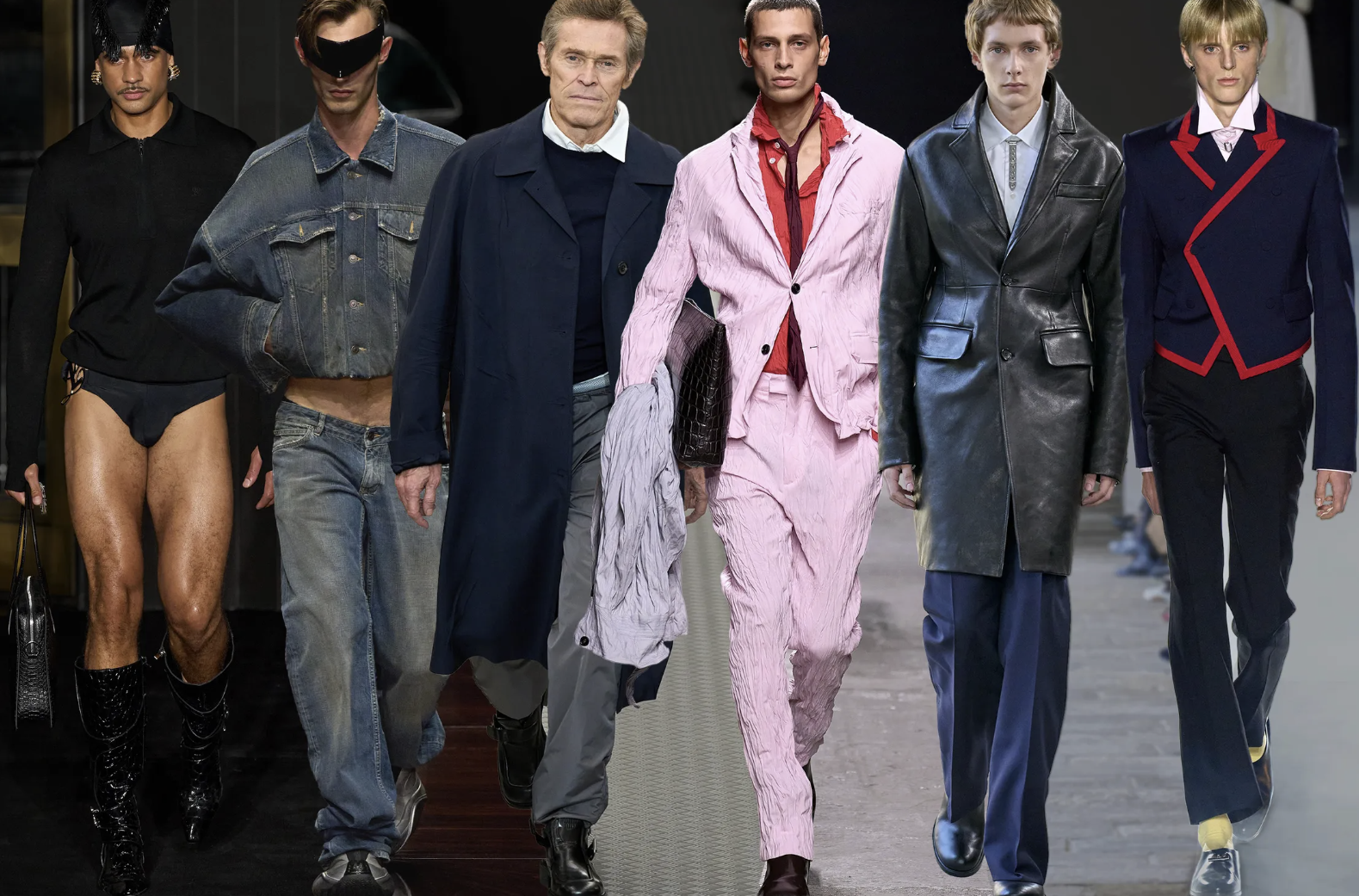Luxury is often about perception—a carefully crafted fantasy that convinces customers they are stepping into a world of elite craftsmanship, heritage, and exclusivity. Massimo Dutti, with its sophisticated branding, elegant store aesthetics, and European-inspired designs, embodies this illusion. At first glance, the brand seems to evoke the essence of Italian luxury, conjuring images of Tuscan workshops, skilled artisans, and centuries-old tailoring traditions. But the reality is far different: Massimo Dutti is not Italian, nor is it a traditional luxury brand. Instead, it’s a strategic creation of Inditex, the Spanish fast-fashion giant that also owns Zara.
While the name Massimo Dutti sounds convincingly Italian—like a high-end boutique hidden in the charming streets of Milan or Florence—this is pure fiction. Founded in Spain in 1985 and acquired by Inditex in 1991, Massimo Dutti has no Italian heritage, no lineage of family-run tailoring houses, and no centuries-old tradition of handcrafting garments. It is a trademark designed to evoke luxury and European sophistication, without any genuine connection to the culture it imitates.
Unlike true Italian luxury houses such as Brunello Cucinelli, Kiton, or Canali, Massimo Dutti operates on a fast-fashion model. It produces high volumes of clothing, quickly cycles out collections, and uses supply chain strategies similar to those of Zara. Although its price points are higher than Zara’s, creating an impression of exclusivity, the production process is essentially the same: mass-produced garments, quick turnarounds, and logistics designed to maximize profit. The main difference? Branding. Inditex has positioned Massimo Dutti as the “luxurious” alternative to Zara, appealing to customers who want European-inspired elegance without stepping into the true luxury price range. The brand thrives on the aspirational nature of fashion—offering items that mimic high-end European styles, but at a fraction of the cost of authentic luxury fashion.
Massimo Dutti’s success lies in its ability to sell a dream. Its sleek marketing campaigns, refined store designs, and polished advertisements all create an air of prestige. The brand convinces consumers they are purchasing premium, European-crafted pieces, when in fact, they are buying mass-produced fast fashion. There’s nothing inherently wrong with that—many brands, in fact, base their identities on perception rather than substance. However, it’s essential for consumers to understand exactly what they’re paying for.
The truth is, Massimo Dutti isn’t an Italian luxury brand, nor is it deeply rooted in artisanal traditions. It’s a cleverly marketed Spanish fast-fashion label that capitalizes on the allure of Italian style to craft an illusion of exclusivity. If you appreciate the aesthetic and the quality meets your expectations, there’s no harm in wearing it. But remember: when you buy Massimo Dutti, you’re not purchasing a piece of Italian luxury—you’re investing in a sophisticated marketing strategy.













